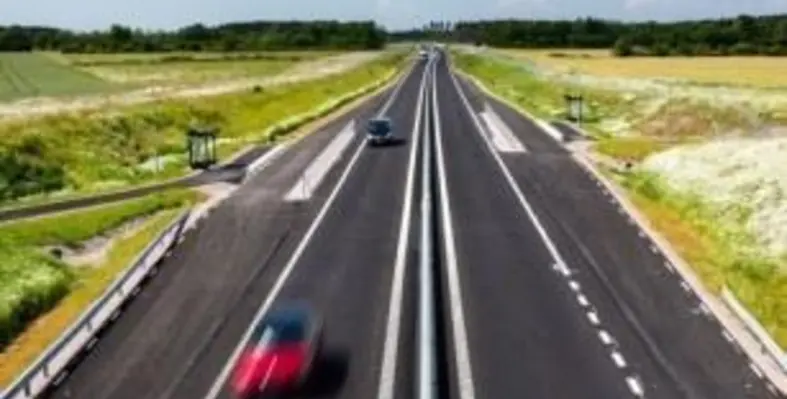Researchers from Chalmers University of Technology and the University of Gothenburg have studied the construction of an eight km stretch of road and calculated how much emissions can be reduced now and until 2045
They looked at everything from materials choice, production technology, supply chains and transport.
The study ‘Reaching net-zero carbon emissions in construction supply chains - Analysis of a Swedish road construction project’ was published earlier this year in the journal Renewable and Sustainable Energy Reviews, and was written by Ida Karlsson together with colleague Filip Johnsson of Chalmers and Johan Rootzén, at the Gothenburg School of Business, Economics and Law.
“We identified several low hanging fruits, and if we address those first, it will become easier and cheaper to make bigger emission reductions in the future,” said Ida Karlsson, PhD student at Chalmers, and participant in the Mistra Carbon Exit project.
The researchers evaluated opportunities for reducing emissions in an eight kilometre stretch of the Swedish highway 44 between Lidköping and Källby, which was finished in 2019. It was one of the Swedish Transport Agency’s first projects in which a complete climate calculation was made. All the materials and activities involved in its construction were calculated for their total climate impact –energy and materials used in the construction and what emissions these contribute to.
“We used the contractor Skanska's climate calculation as an input for breaking down emissions by materials and activities and then analysed how much they could be reduced. What materials are used? How are they produced? What alternatives are available, and how might those alternatives develop until 2045?” explained Ida Karlsson.
The climate calculation showed that the contractor was able to reduce emissions by 20 per cent compared to the Swedish Transport Agency's reference values. However, the researchers demonstrated that emissions could be halved with technology already available today – and completely eliminated by the year 2045.
Ida Karlsson's research is part of the project Mistra Carbon Exit, which focuses on what are termed transformative solutions. These require both time and large investments and include, for example, production of steel, cement, concrete and asphalt without carbon dioxide emissions, as well as fossil-free or electric vehicles. Solutions are being developed and implemented, but climate-saving technologies and choices exist already today.
Ida Karlsson wants to highlight four of these such as transport optimisation; recycling and reuse of excavation masses, asphalt and steel; material efficiency and design optimisation and replacement of cement clinker as a binder in concrete.
“If you were to optimise the transportation of materials, excavation masses and waste, for example, large gains could be made. We could be better at transport logistics in Sweden. In addition to transporting materials and waste to and from a road construction site, many movements also take place within projects,” she explained.



